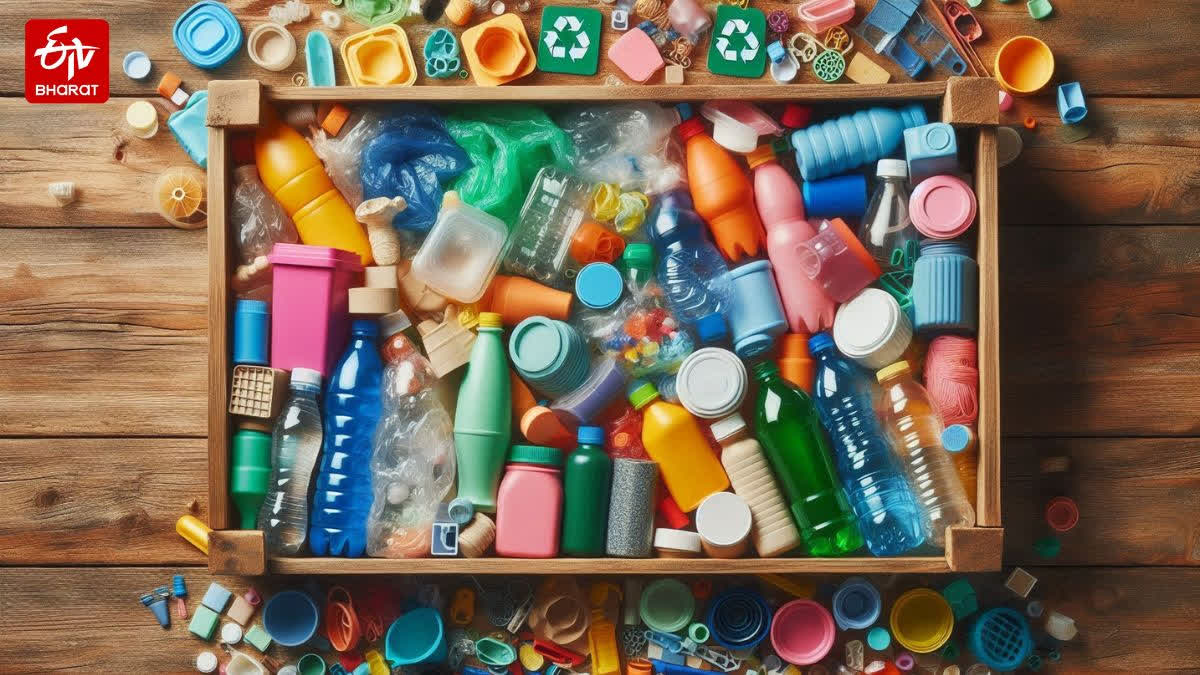Hyderabad: Plastic waste is an environmental challenge, and the entire world is trying to find ways to recycle it in a way that is effective, safe, and sustainable. Dr Jason Bara and his team at The University of Alabama have discovered a new method to improve plastic recycling, which includes using imidazole, a versatile organic molecule.
As per the research, the molecule can effectively break down common plastics, including polyethylene terephthalate (PET), into valuable chemical intermediates without the need for additional solvents or catalysts.
"PET is a common plastic that is used in food containers and drink bottles. It responds well to chemolysis, a chemical process that depolymerizes plastic for recycling," Bara said, highlighting that much of the previous work on chemolysis and PET has focused on water, alcohols, and amines.
"Amines are a group of compounds derived from ammonia and are especially effective for PET depolymerization, but most products formed from the aminolysis of PET have limited uses," Bara added.
The wonders of imidazoles
Bara said that he had been working with imidazole for much of his career and found its versatility quite amazing. He had been working for two years on using amines to break down plastics as part of a National Science Foundation grant aimed at reducing plastic waste.
His appreciation for imidazole’s versatility made it a natural extension to see what would happen when he used it for chemolysis. He emphasised its effectiveness by using his students as an example who had returned to the lab to note that the plastic was completely gone.
One of the key advantages of using imidazole over other chemical recycling methods for PET, as mentioned previously, is the lack of need for an additional solvent or catalyst because it has a relatively low melting point. This makes it favourable for developing a cost-efficient and commercially viable process.
Additionally, breaking down PET with this process yields chemical intermediates that can be transformed into other chemicals that are hard to obtain by traditional methods. Bara explained that the imidazolysis process is unique for being a flexible recycling technology that can get you a wider range of final products from PET depolymerization.
The new method also works for Polyurethanes
Bara and team found that imidazolysis is useful in not only recycling PET, but can also better results when depolymerizing polyurethanes-- packing foams, seat cushions, memory foam mattresses, and automobile seats. These are trickier than PET and are generally encountered as foams full of air as they do not melt and often are formulated with any number of inorganic additives.
The research claims that imidazolysis cannot only break down polyurethanes but also allow for the recovery of the molecular components, such as polyols, used to make them.
“While I think what we’ve already published on the successful imidazolysis of PET is very exciting,” Bara said, “The chemical recycling of polyurethanes is where imidazolysis may potentially have a much bigger impact.”



